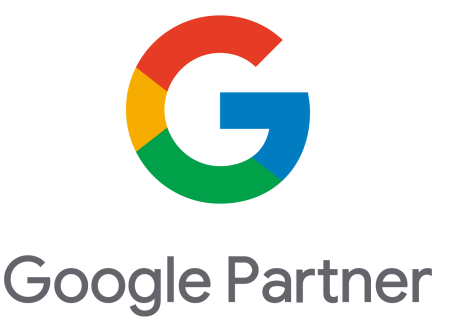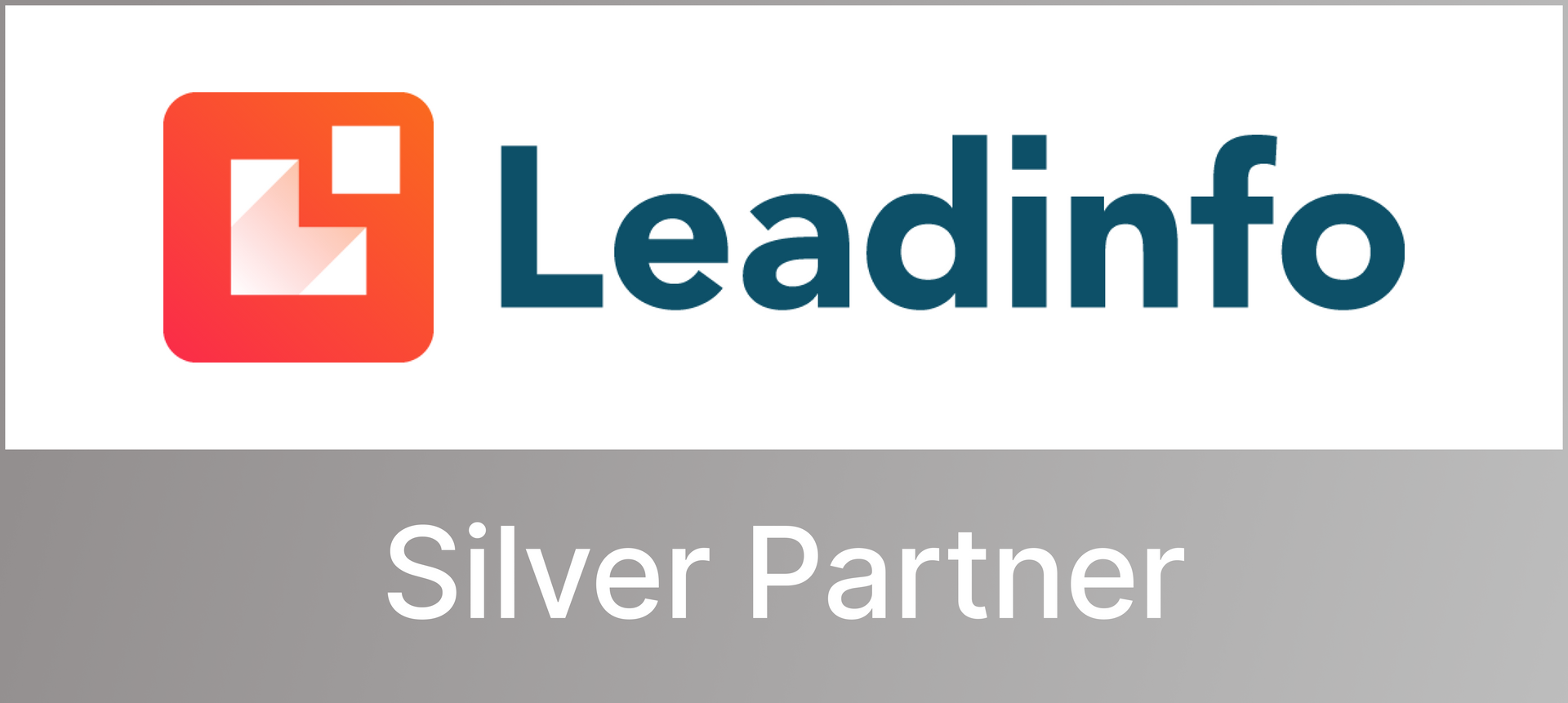3 Huge Ways to Improve Your Adwords Campaigns
This blog post was written by:
Almost all AdWords optimisation is aimed in one of two directions:
- Expanding your high-quality traffic to increase conversions
- Cutting back your lower-quality traffic to improve conversion rates and CPA.
Of the three tips shared below, the first two are designed to identify the lower-quality traffic from your campaigns, and take simple action to address it. The third one will help expand the coverage of your activity, when you’re already maxed out in all the most obvious ways.
- Concentric geo-targeting
When running a campaign targeted around a very specific location, the most precise way to hit your desired area is with ‘radius targeting’, drawing a circle of any given size around your target spot, and showing your ads to users within that area.
How large you draw that circle depends on several factors, including budget, the size of the population available to target, and just how proximity-sensitive your campaign is.
But what if you want to test the effect on your traffic of distance-from-source… or you need to target a relatively large area, but you’re pretty sure that conversion rate will improve, the closer in your users are? Then draw a circle within a circle, and bid higher within the closer area.
You will usually find that this works in the way you would expect (as in the example above): The closer in to your target, the better the conversion rate and cost per conversion.
The drop-off - if it exists - will be different in each case, but armed with data of the sort shown above, you will be able to adjust bids appropriately to make more of your better-converting traffic, and lower bids elsewhere accordingly.
2) Search Partner traffic
It isn’t broadcast as widely as it used to be, and it’s easy to forget, but a high proportion of AdWords search traffic, often comes from sites other than Google.
Unless you opt out of it explicitly from your settings, you are likely to be showing your ads on a network of ‘search partners’ including aol.com, ask.com, ebay.com.
As you would expect this traffic often performs differently from your core Google traffic, but the differentiated data isn’t as obvious as it could be in the Adwords interface.
To analyse search partners traffic, from the campaigns, ad group or keyword ad tab, from the ‘Segment’ dropdown, select ‘network (with search partners)’.
You will then see a breakdown of performance separating pure Google Search and the search partner element.
In practice, you will often find that search partner traffic is less cost-effective, in which case, you may well want to exclude search partner traffic, which is easily done from within your campaign settings.
3) All languages
As promised, the final tip offers a way to expand the reach and volume of your campaign, when you just want more.
The tip is, quite simply, change language settings from the default ‘English’ to ‘All languages’. You will now show your ads to a great new segment of otherwise untapped users.
This change is not nearly as risky or quality-compromising as it might sound. The language targeting simply determines which ‘default language’ setting on a user’s Google interface settings, make the user eligible to see ads.
Whether the user actually sees your ad is still determined by your keyword selection, so the user still has to show an interest in your services (and do so in your language) to trigger your ads. Although it might look like you’re opening the floodgates, provided your keyword selection is tight enough (be wary of unmodified broad match) - you’ll still be filtering your traffic perfectly well - just from a larger pool.
When you’re looking for more traffic
, but you’ve reached your limits on impression share, keyword selection and CTR, this is a simple but very useful settings change just to expand the reach of your activity.






